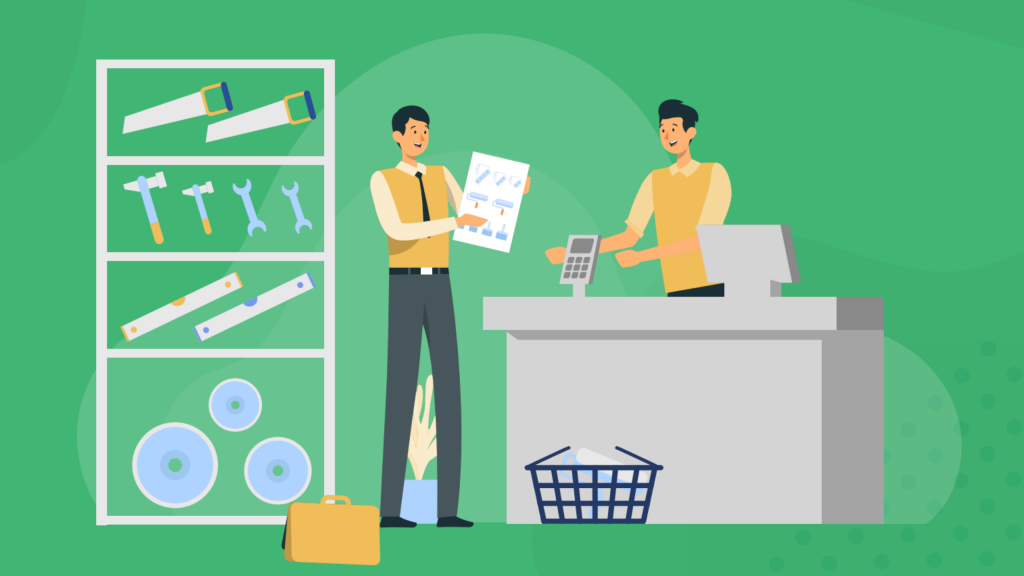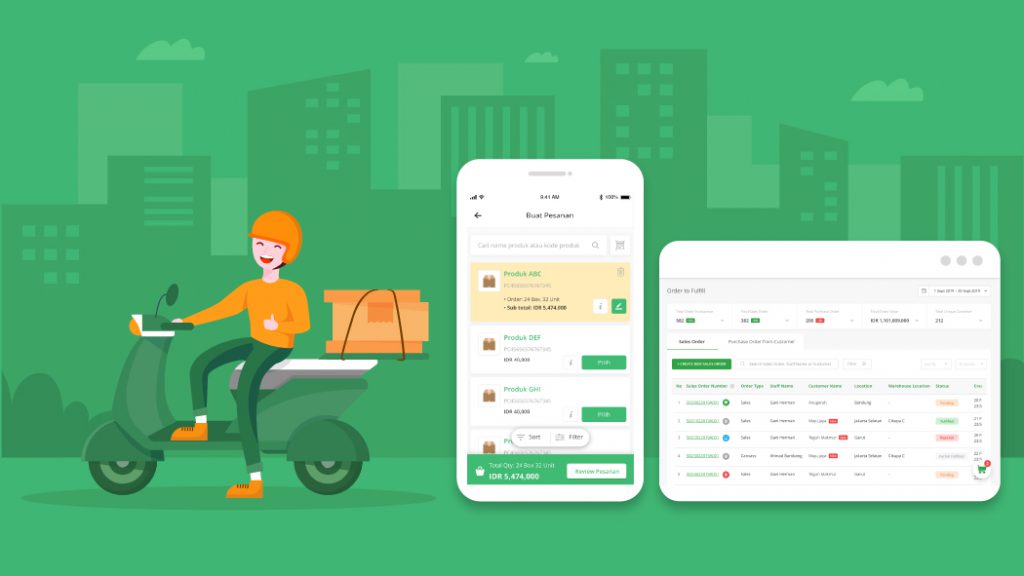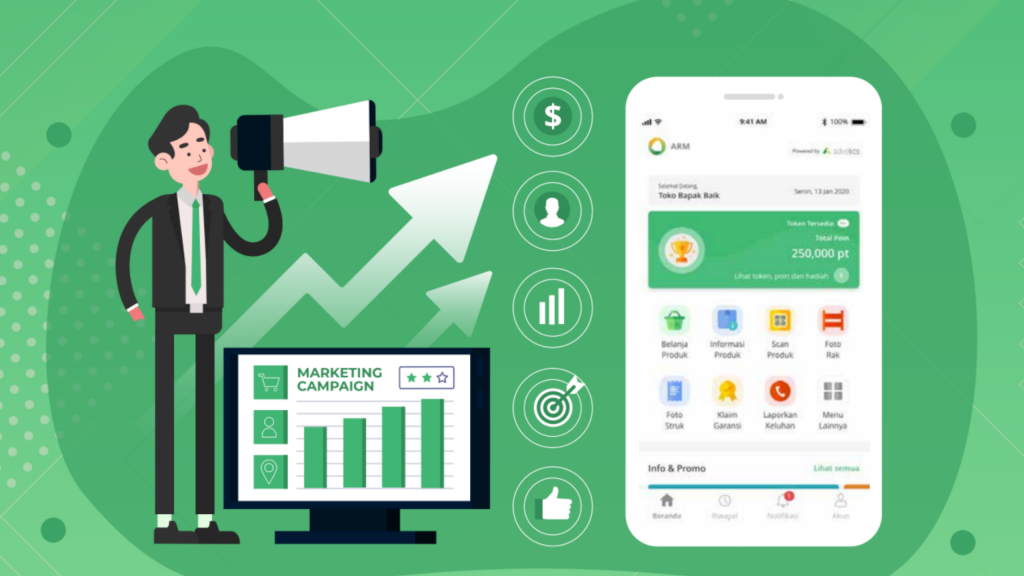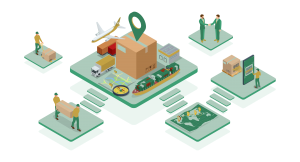
Table of Contents
Is the Salesman Visiting the Shop Still Needed?
Principals and distributors usually assign salesmen to various retailers and stores to recap product sales orders, monitor remaining stock in stores, etc. With an average of 3,000 to 800,000 shops that need to be managed by one principal, the role of field salesman is very important.
However, with the rise of technological advancements such as instant messaging, self-order application, and phone calls, are regular physical visits to shops still effective in increasing sales revenue?
Based on Advotics’ analysis, among other variables such as schedule of visits and number of activities in the store, the number of salesman visits per day is the most effective factor in increasing orders. The effect on increasing visits can increase sales orders by up to 30%. In other words, the more frequent the number of visits, the higher the number of orders for goods from the store.
The reason is probably because in-person visits by salesmen produce a more real advocacy effect, where salesmen can build a more personalized relationship with shop owners in discussing products/business trends, etc.
I. Tips for increasing salesman visits:
a. Activity digitalization
Mobile applications such as the Workforce Management System can increase the efficiency of salesman visits by digitizing the documentation and submission of activity report. If salesmen can speed up their visits, they can visit more stores in a day.
Moreover, monitoring applications can help supervisors access and analyze salesman performance from various perspectives, such as attendance, sales orders, locations, new outlets (NOO), and other activities carried out by salesmen in the field. With real-time monitoring, supervisors don’t have to wait until the salesman returns to the office to view all reports.
b. Optimized route
An optimal route can minimize travel time between stores. By maximizing the route of visits, the number of shop visits can be increased by up to 40%. For example, if previously the salesman visited 8 stores per day, this could increase to 11 stores per day.

Applications like the Route Management System can generate route schedules that optimize the number of client visits by sales and distribution staff. If previously the company manual process took 1-2 days to create a monthly route, with RMS, now monthly route planning only takes less than an hour.
II. Self-service application for loyal stores
Physical visits are crucial for maintaining relationships with the shop. However, for more loyal store segments, they can be shifted slowly to using a self-service ordering application such as Advocate Relationship Management. The aim is to speed up the product sales order request process by accommodating shop owners to be able to place orders for products and services through their own mobile applications. The data will be sent automatically so that the distributor/principal can follow up on it in real-time.

In addition to self ordering, the application can also accommodate programs such as loyalty points, community forums, campaign promotions, which are innovative solutions that can be advantageous, especially for B2B (Business to Business) companies where customer relations are closely related to the number of sales.



